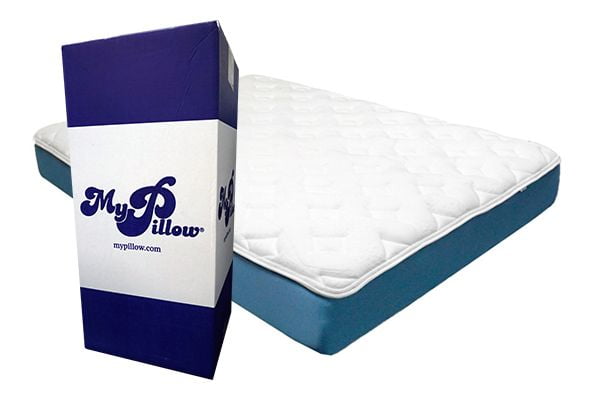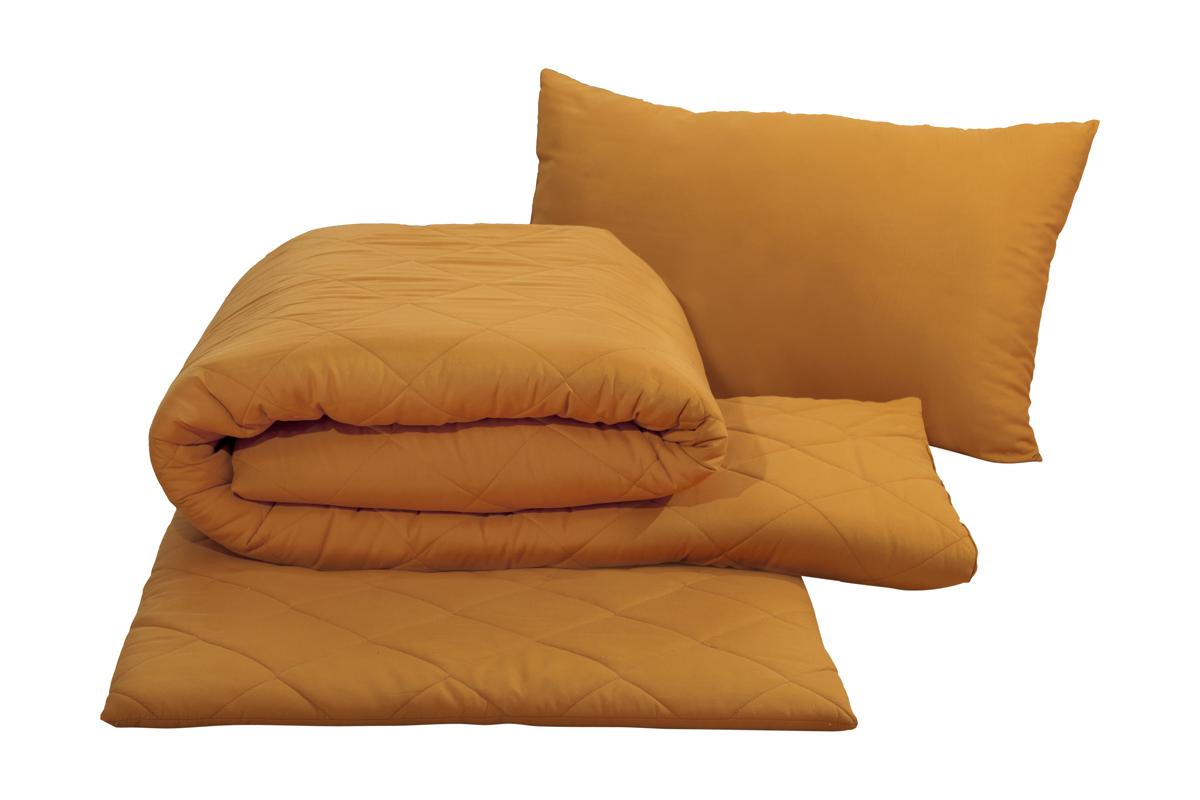When it comes to choosing the perfect dining room table for your home, size is a crucial factor to consider. Not only does it need to fit comfortably in your dining room, but it also needs to accommodate all the people who will be using it. Here are the top 10 standard sizes for dining room tables that will help guide you in selecting the right one for your space.Standard Dining Table Sizes
The standard dimensions for a dining room table are usually based on the number of people it can comfortably seat. For a rectangular table, the average size is 36 inches wide and 72 inches long, which can accommodate six people. However, if you frequently entertain or have a larger family, you may want to consider a larger table with dimensions of 42 inches wide and 84 inches long, which can seat eight people comfortably.Standard Dining Room Table Dimensions
When measuring for a dining room table, it's essential to take into account the space around the table for people to move comfortably. The standard measurement for the distance between the edge of the table and the wall or other furniture is at least 36 inches. This will allow enough space for chairs to be pulled out and for people to move around without feeling cramped.Standard Dining Table Measurements
The width of a dining table can vary depending on the shape and style. For a rectangular or oval table, the standard width is between 36-40 inches. A round table typically has a diameter of 48 inches, while a square table can range from 36-40 inches on each side. However, if you have a smaller dining room, you may want to opt for a narrower table to maximize space.Standard Dining Table Width
The length of a dining room table is another essential factor to consider. As mentioned earlier, a standard rectangular table is 72 inches long, but you can also find options that are 60 or 84 inches long. For round and square tables, the length is the same as the width, usually ranging from 36-48 inches. Keep in mind that a longer table will take up more space, so be sure to measure your dining room accurately.Standard Dining Table Length
The standard height for a dining table is 30 inches. This allows for comfortable seating for most people and also allows enough space for dishes and food to be placed on the table without feeling overcrowded. However, some tables may have adjustable heights, so it's essential to check before purchasing if you need a specific height for your space.Standard Dining Table Height
When determining the seating capacity of a dining table, it's crucial to consider the size and shape of the table. As a general rule, rectangular tables can seat more people than round or square tables of the same length. A 72-inch rectangular table can comfortably seat six people, while a 48-inch round table can only seat four. If you need more seating, consider adding a bench or opting for a larger table.Standard Dining Table Seating Capacity
Dining room tables come in various shapes, including rectangular, round, square, and oval. Each shape has its own advantages and can create a different atmosphere in the room. Rectangular tables are the most common and offer the most seating options, while round tables are ideal for smaller spaces and promote conversation among guests.Standard Dining Table Shape
The material of a dining table not only affects its appearance but also its durability and maintenance. Some popular options include wood, glass, metal, and marble. Each material has its own unique features and can add a different style to your dining room. For example, a wooden table can bring warmth and a natural feel, while a glass table can add a modern and sleek touch.Standard Dining Table Materials
There are various styles of dining room tables to choose from, including traditional, modern, farmhouse, and industrial. The style you choose will depend on your personal preference and the overall aesthetic of your home. A traditional table with ornate details can add elegance to a room, while a modern table with clean lines can create a contemporary look.Standard Dining Table Styles
The Importance of Standard Sizes for Dining Room Tables in House Design
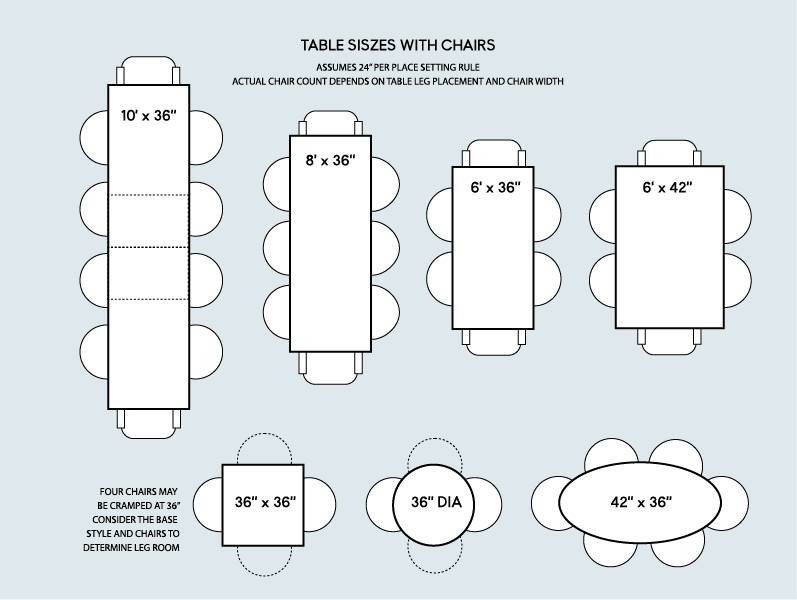
Creating a Cohesive and Functional Space
:max_bytes(150000):strip_icc()/standard-measurements-for-dining-table-1391316-FINAL-5bd9c9b84cedfd00266fe387.png) When designing a dining room, one of the most important elements to consider is the size of the dining room table. The dining table is not only the centerpiece of the room, but it also sets the tone for the entire space. Choosing the right size dining table is crucial for creating a cohesive and functional room that is both aesthetically pleasing and practical for everyday use.
Standard sizes for dining room tables
vary depending on the shape and style of the table, as well as the size of the room. The most common sizes for rectangular dining tables are 36 inches wide by 72 inches long, seating six people comfortably, and 42 inches wide by 96 inches long, seating eight people comfortably. For round tables, the most common sizes are 48 inches in diameter, seating four people, and 60 inches in diameter, seating six people. However, it is essential to consider the size of your dining room and how many people you typically entertain when choosing the size of your dining table.
When designing a dining room, one of the most important elements to consider is the size of the dining room table. The dining table is not only the centerpiece of the room, but it also sets the tone for the entire space. Choosing the right size dining table is crucial for creating a cohesive and functional room that is both aesthetically pleasing and practical for everyday use.
Standard sizes for dining room tables
vary depending on the shape and style of the table, as well as the size of the room. The most common sizes for rectangular dining tables are 36 inches wide by 72 inches long, seating six people comfortably, and 42 inches wide by 96 inches long, seating eight people comfortably. For round tables, the most common sizes are 48 inches in diameter, seating four people, and 60 inches in diameter, seating six people. However, it is essential to consider the size of your dining room and how many people you typically entertain when choosing the size of your dining table.
Maximizing Space and Functionality
 Having a dining table that is too small for the room can make the space feel empty and underutilized. On the other hand, a dining table that is too large can make the room feel cramped and hinder movement around the table. Choosing the right size dining table allows for optimal flow and functionality in the dining room.
In addition, standard sizes for dining room tables are also important for
maximizing the functionality
of the space. A dining table that is too small may not provide enough room for all the necessary dishes, glasses, and serving platters during meals. On the other hand, a dining table that is too large may take up too much space and make it challenging to move around and serve food. By selecting the appropriate standard size for your dining table, you can ensure that there is enough room for both guests and necessary dining items.
Having a dining table that is too small for the room can make the space feel empty and underutilized. On the other hand, a dining table that is too large can make the room feel cramped and hinder movement around the table. Choosing the right size dining table allows for optimal flow and functionality in the dining room.
In addition, standard sizes for dining room tables are also important for
maximizing the functionality
of the space. A dining table that is too small may not provide enough room for all the necessary dishes, glasses, and serving platters during meals. On the other hand, a dining table that is too large may take up too much space and make it challenging to move around and serve food. By selecting the appropriate standard size for your dining table, you can ensure that there is enough room for both guests and necessary dining items.
Creating a Harmonious Design
 Standard sizes for dining room tables also play a crucial role in creating a harmonious design in the dining room. A dining table that is too small or too large can throw off the balance and proportion of the room. By choosing the right size dining table, you can create a visually appealing and
well-proportioned
space that is both functional and aesthetically pleasing.
In conclusion, when it comes to designing a dining room, choosing the right size dining table is essential. Standard sizes for dining room tables not only help create a cohesive and functional space but also maximize functionality and create a harmonious design. By considering the size of your dining room and the number of guests you typically entertain, you can select the perfect dining table size for your home.
Standard sizes for dining room tables also play a crucial role in creating a harmonious design in the dining room. A dining table that is too small or too large can throw off the balance and proportion of the room. By choosing the right size dining table, you can create a visually appealing and
well-proportioned
space that is both functional and aesthetically pleasing.
In conclusion, when it comes to designing a dining room, choosing the right size dining table is essential. Standard sizes for dining room tables not only help create a cohesive and functional space but also maximize functionality and create a harmonious design. By considering the size of your dining room and the number of guests you typically entertain, you can select the perfect dining table size for your home.




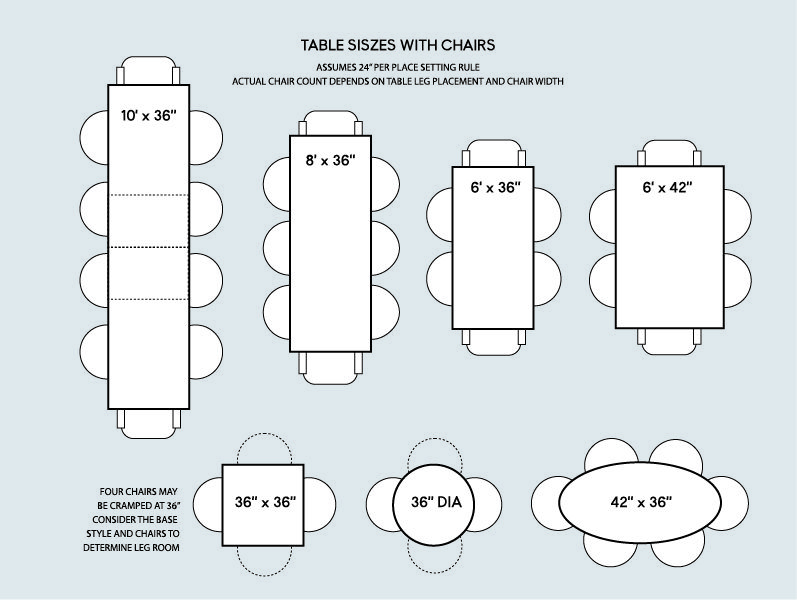
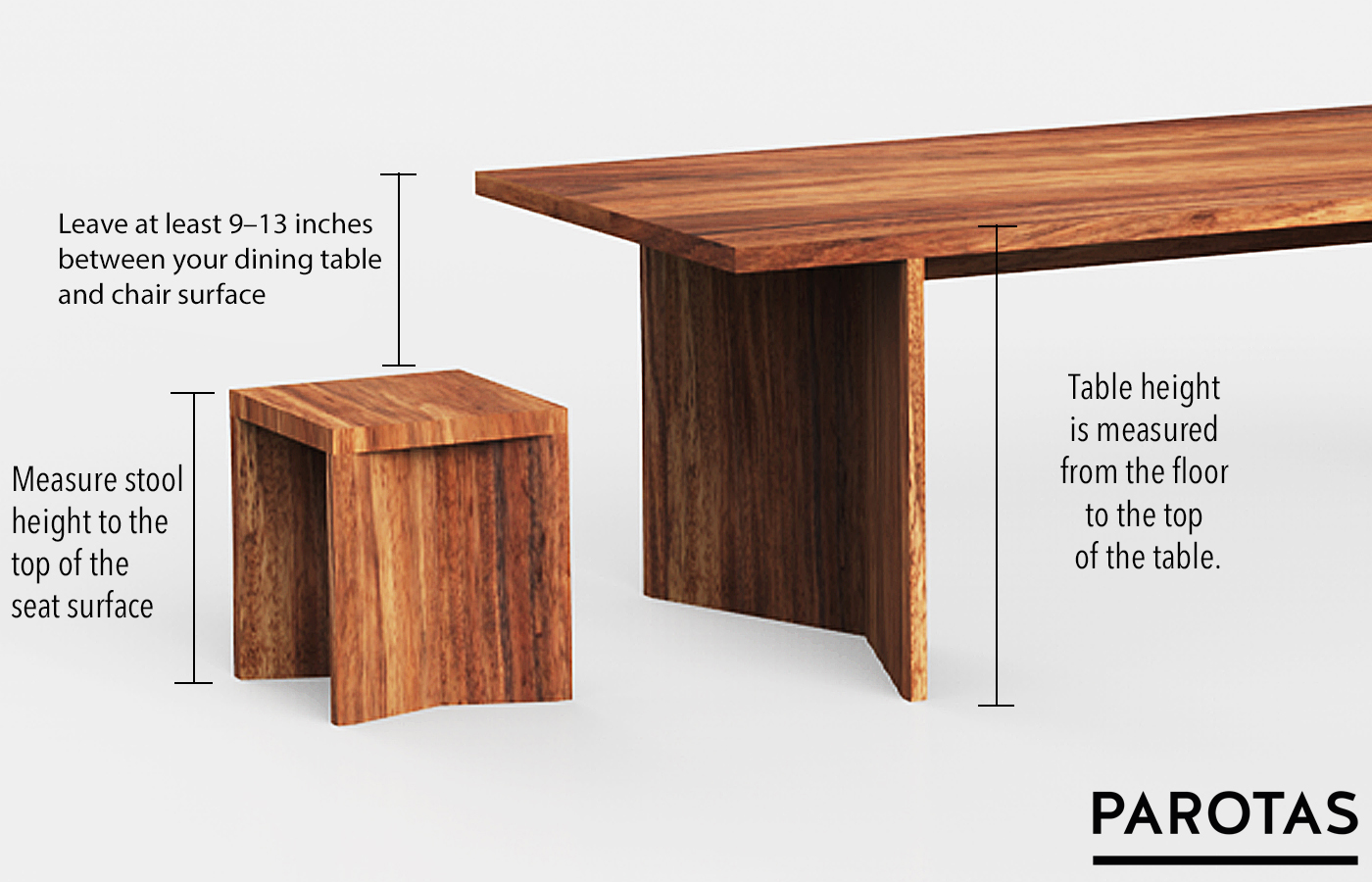





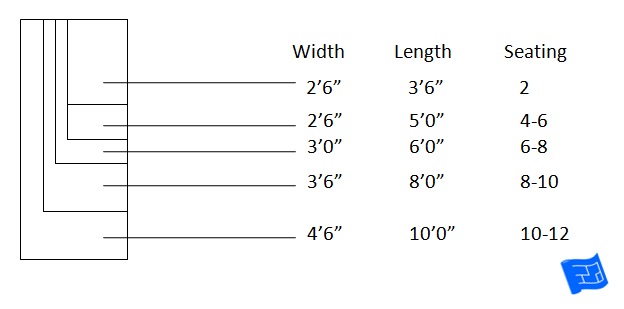











:max_bytes(150000):strip_icc()/standard-measurements-for-dining-table-1391316-02-e16652de29a746b3b022139e2eb62575.jpg)

:max_bytes(150000):strip_icc()/standard-measurements-for-dining-table-1391316-03-ccac0704064d42b884bfa982c0dcbdc6.jpg)





:max_bytes(150000):strip_icc()/standard-measurements-for-dining-table-1391316-FINAL-5bd9c9b84cedfd00266fe387.png)


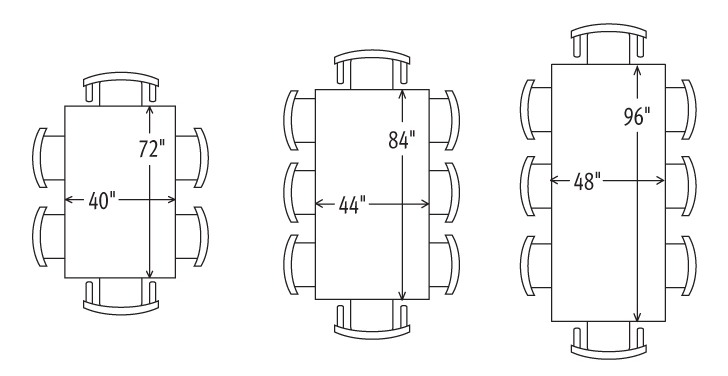
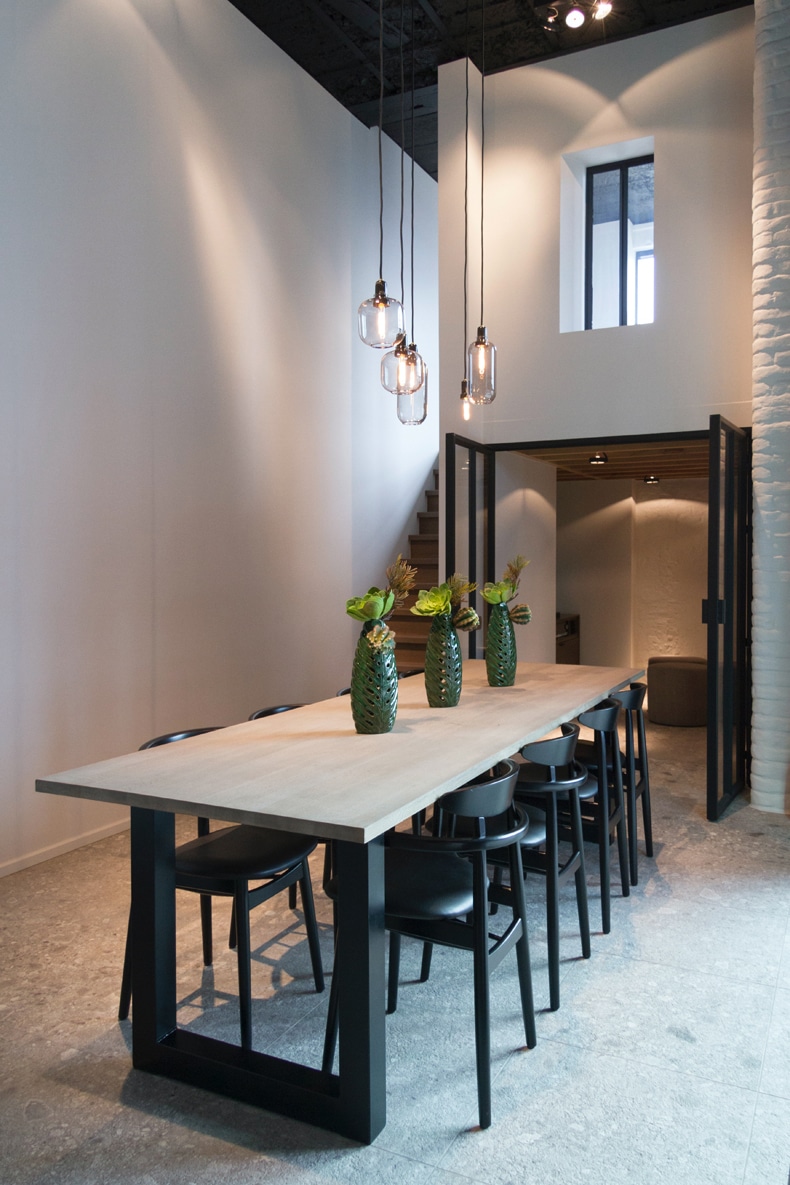





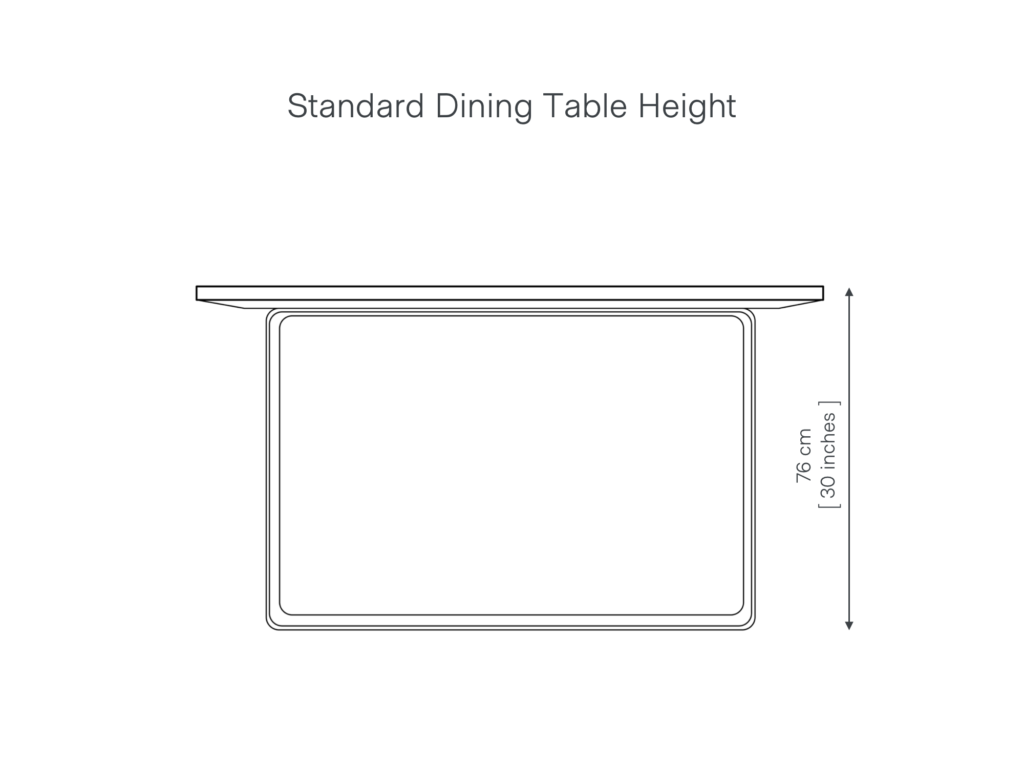


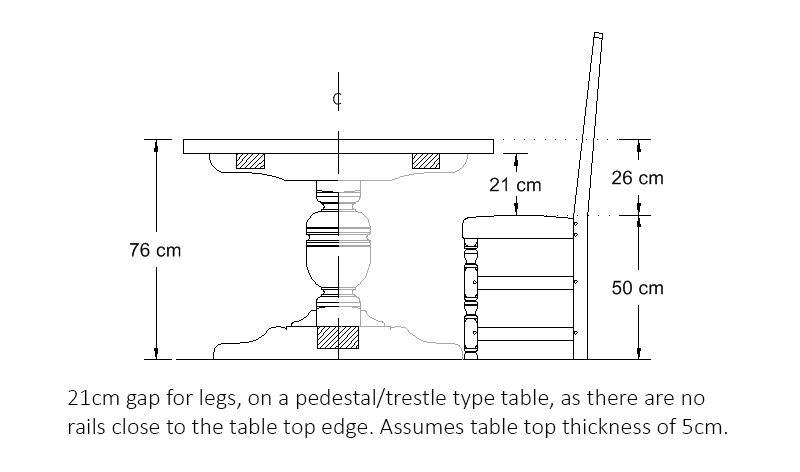









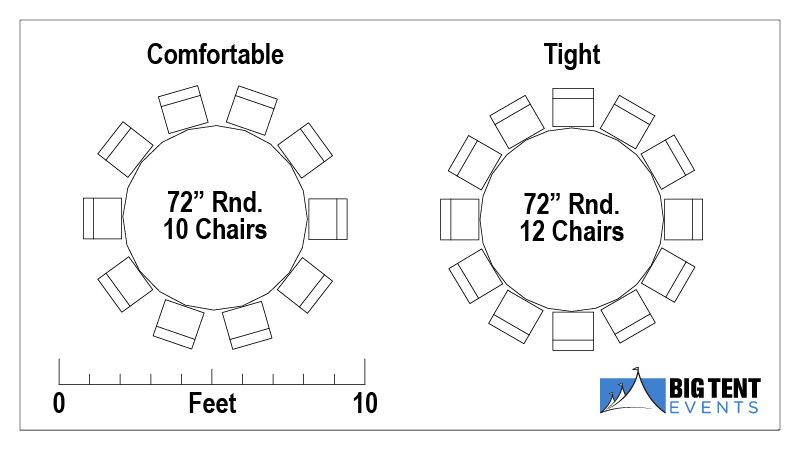









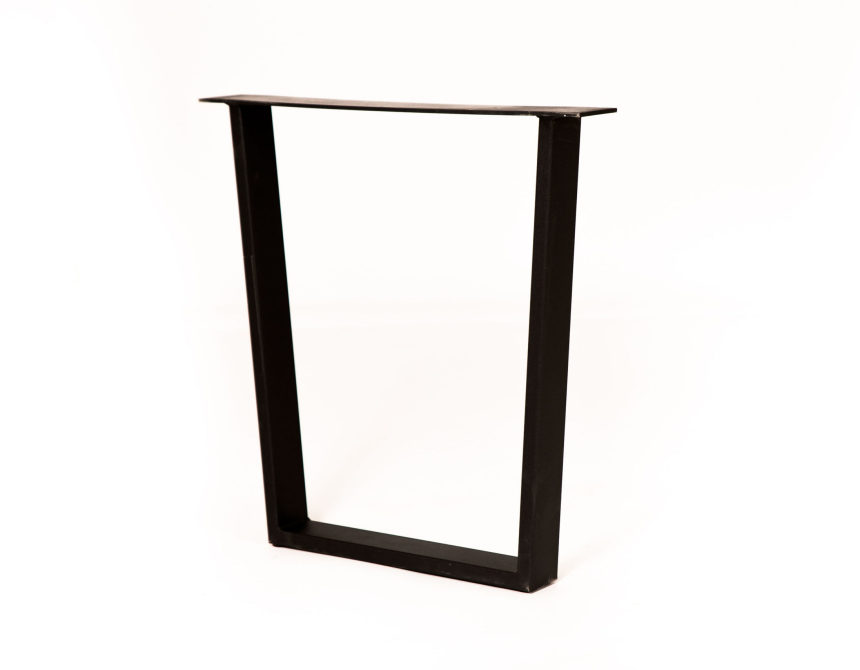


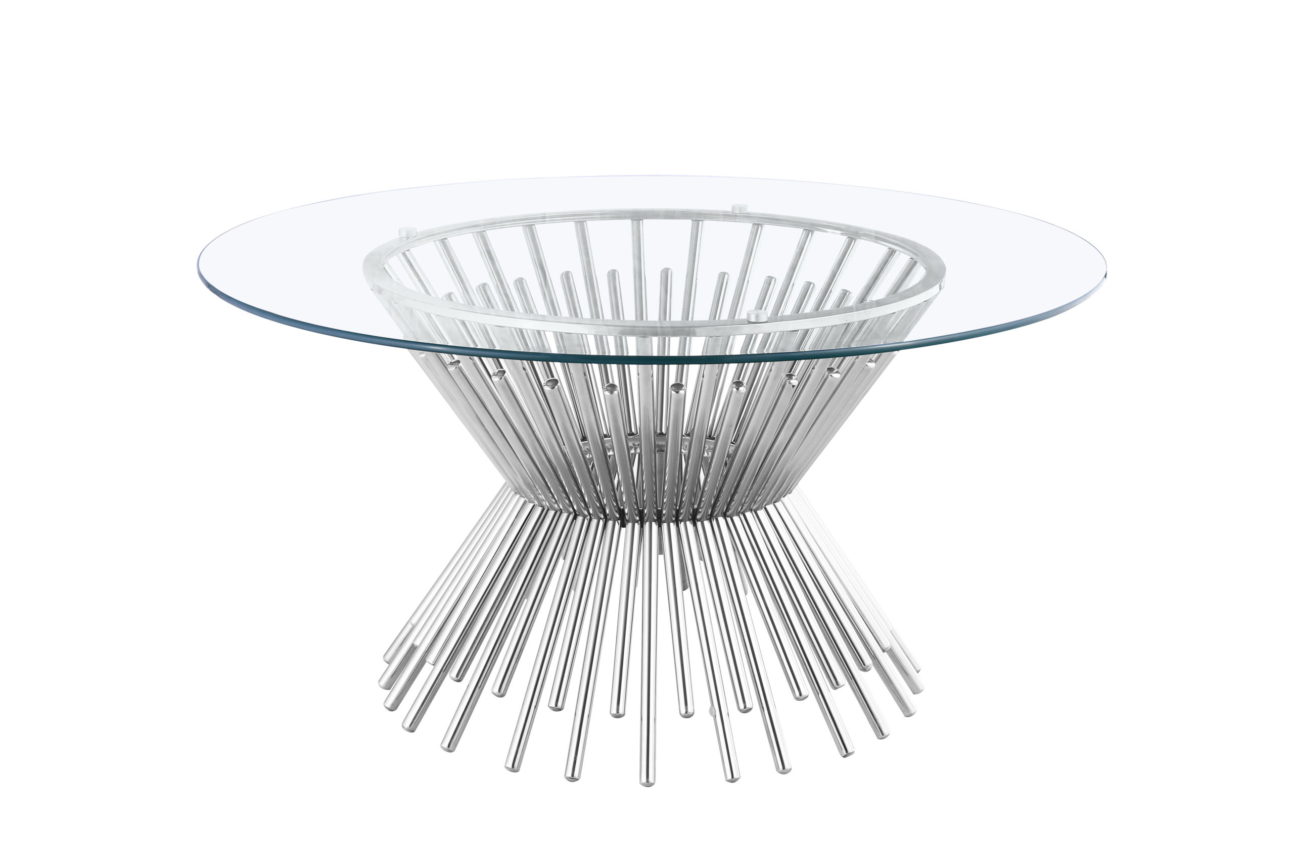






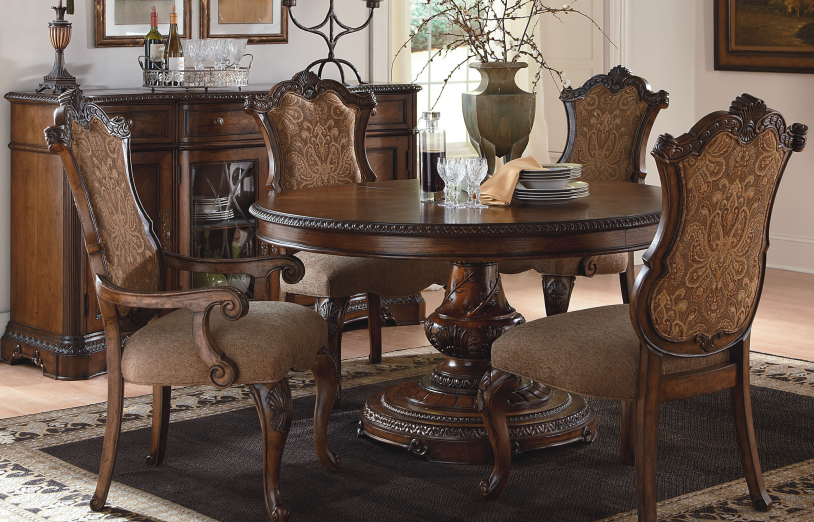
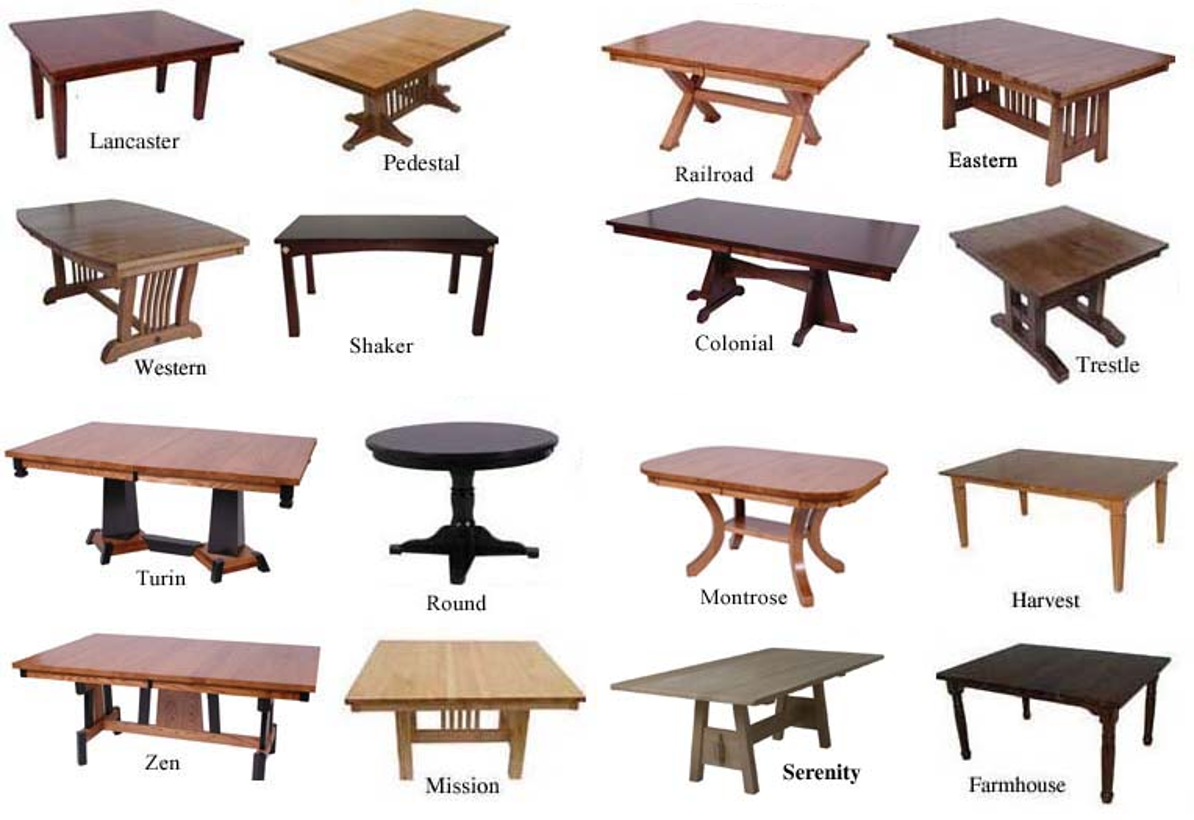


/dinner-table-663435_1280-5a88bfe2ba617700362e733e.jpg)



